Exchangeability revisited: an examination into the partial adjustment for confounding
Sammy Ou
MASDS, 2024
PAIK SCHOENBERG, FREDERIC ROLAND
This paper evaluates three forms of exchangeability—marginal, partial, and conditional—in a real-world example set in the print newspaper industry. Through the lens of the collegiate publication The Daily Bruin, several average causal effects were ultimately not identifiable due to unobserved confounding and violations of positivity, so their estimates remained as association measures. Opting instead to partially adjust for confounding, the estimator, the difference between means of treatment groups, was repurposed to condition on a smaller set of covariates. Its estimates did not achieve conditional exchangeability however, but they were closer to their corresponding effect measures than those without adjustment, barring cases when selection bias was induced. The following results were obtained from the observational study, divided between causal effects that were identifiable and those that were not. Initiating newspaper cycles on Thursdays, rather than Mondays, lowered newspaper demand, and situating them in the latter half of the spring quarter, on average, decreased their rate of demand. On the other hand, higher levels of both student and visitor traffic were associated with lower newspaper demand, and similarly, the presence of obstructions was linked with lower newspaper demand. To increase the success of identifying causal effects via partial or conditional exchangeability, either more data must be acquired to not only decrease the likelihood of violating positivity, but also eliminate the presence of unobserved variables altogether.
2024

